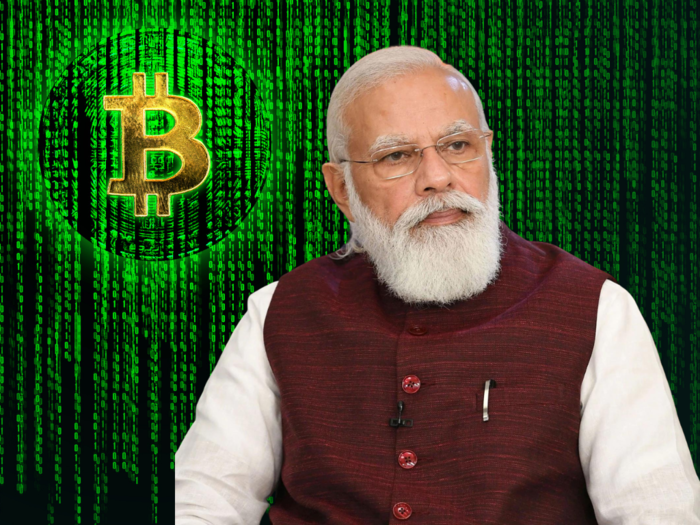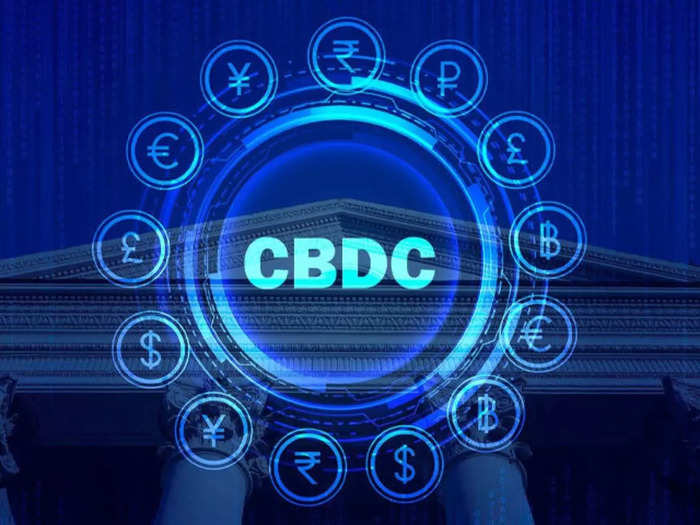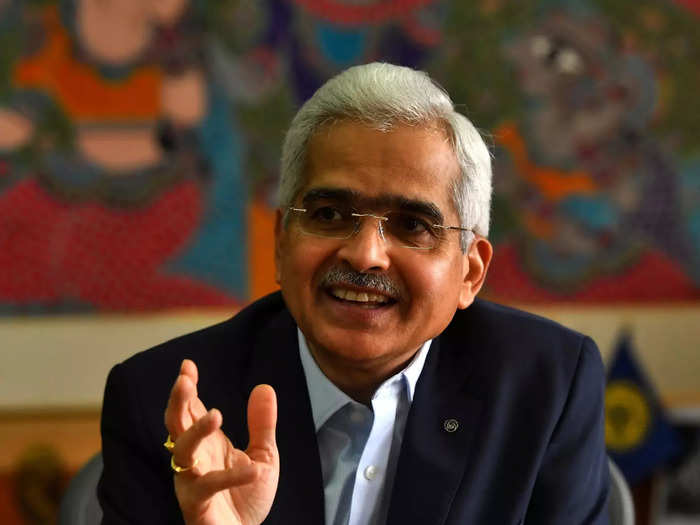It’s been a year of waiting for India to officially present new legislation around
law with bare minimum movement public discussion. However, this week saw a flurry of announcements from the government, the Reserve Bank of India (RBI) and the Finance Ministry on what the future could possibly hold.
A 30% tax on cryptocurrencies
Canva
February kicked off with Finance Minister Nirmala Sitharaman announcing that all ‘virtual digital assets’ will be taxed at 30% on a ‘gross annual basis’. This includes any gifts, non-fungible tokens (NFTs) and, of course, cryptocurrencies.
The industry at large has welcomed the move since it gives a nascent sense of legitimacy to the crypto space. However, there is some that worry that a tax as high as 30% — the same rate that gambling activity is subjected to — may discourage traders from putting their money in the crypto market. Albeit it’s good news for the stock markets, with proponents being hopeful that the tax will push traders back to trading shares.
There are also a number of questions left unanswered around this law. For instance, gains can’t be set off against other income. Traders and accountants are confused whether this means income other than cryptocurrency, or can transactions not be set off against each other even between Bitcoin, Ethereum and others.
A 1% tax deducted at source (TDS) for every cryptocurrency transaction
Canva
Where there’s tax, there are people trying to avoid it. That’s one of the reasons that Sitharaman also introduced a 1% TDS on the buying, selling or any exchange of virtual digital assets. The rate’s been kept low so there’s no apprehension of added cost. However, the underlying reason for this is to get a full list of people who are engaging in transactions.
The practice isn’t uncommon — the same applies to e-commerce as well. It’s just a simple way for the government to know who is the seller, and who is the buyer. And, if the tax records don’t match up, they can ask questions based on this information.
India’s CBDC will likely make an appearance before March 2023
Live Law
The finance minister also revealed that India’s own central bank digital currency (CBDC), the digital rupee, will likely go live before March 2023 during her budget address. This was confirmed by RBI governor Shaktikanta Das during a press conference earlier this week.
He highlighted that India is proceeding cautiously with its digital rupee project, unlike other countries around the world, to ensure all the checks and balances are in place. “There are many risks. The biggest one is cybersecurity and the possibility of counterfeiting. That needs to be prevented,” he said.
The digital rupee may not be based on the blockchain
Canva
A blockchain is normally considered to be a permissionless network, where they are multiple nodes — or computers, for simplicity’s sake — that verify transactions.
However, with the digital rupee, the RBI wants to remain in control. This means, ideally, it wants to be the only validator. Simply put, rather than a permissionless network, it would want one that is permissioned.
That could work if the digital rupee is restricted to the transactions between the apex institution and banks. However, if the central bank wants to make the digital rupee to all Indian citizens, it’s likely that it will have to rope in more nodes for help — a trusted network of sorts to help it scale and manage high volumes.
“The technology choices are open,” said RBI executive director T Rabi Shankar during a press conference on February 10.
RBI governor comes to the crypto hype to ‘tulip mania’
Canva
Das has never been a fan of cryptocurrencies and, this week, he compared it to the Dutch ‘tulip mania’ of the 17th century. Three centuries ago, in Holland, the prices of tulips bulbs were driven by speculation before crashing drastically when buyers were no longer able to make payments.
"These cryptocurrencies have no underlying (value) - not even a tulip," said Das during yesterday’s press conference. According to him, these speculative instruments are a threat to the central bank’s ability to maintain India’s financial stability.
Mining for cryptocurrencies may reportedly get covered under GST
Canva
According to a report by The Hindu, the government is reportedly also mulling over how to tax mining for cryptocurrencies. And, its method of choice may be the goods and services tax (GST).
“First, a call is to be taken as to whether to treat mining as goods or service and then, secondly, place it accordingly in a category from the GST point of view,” a senior government official told the publication.
The little data that is available hints that cryptocurrency mining is not a big activity in India, unlike other countries like the US, Russia, Kazakhstan, Iran and others, who have seen an explosion in miners after China’s ban. The cost of electricity is high and the amount of investment required to buy specialised mining equipment isn’t suited for most people’s pockets, especially with the global competition in the space rising and shrinking profits.






